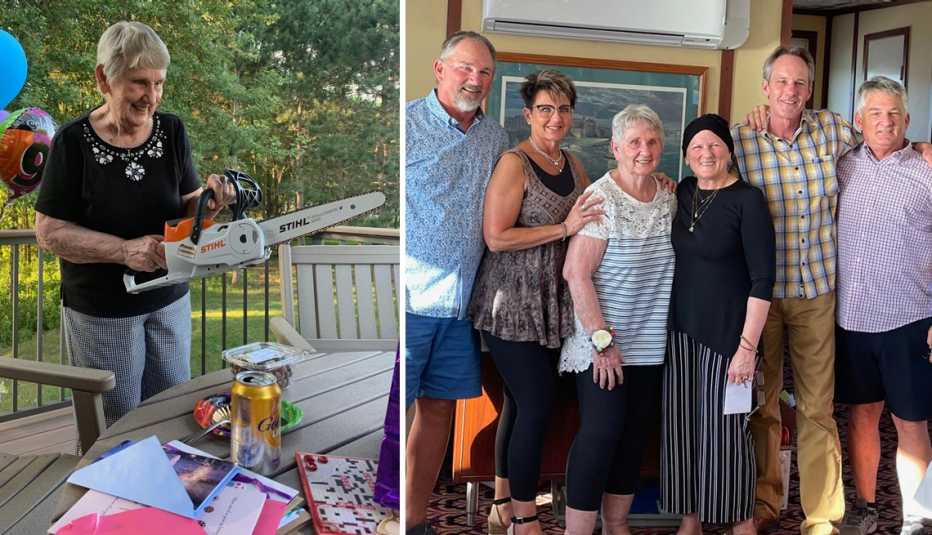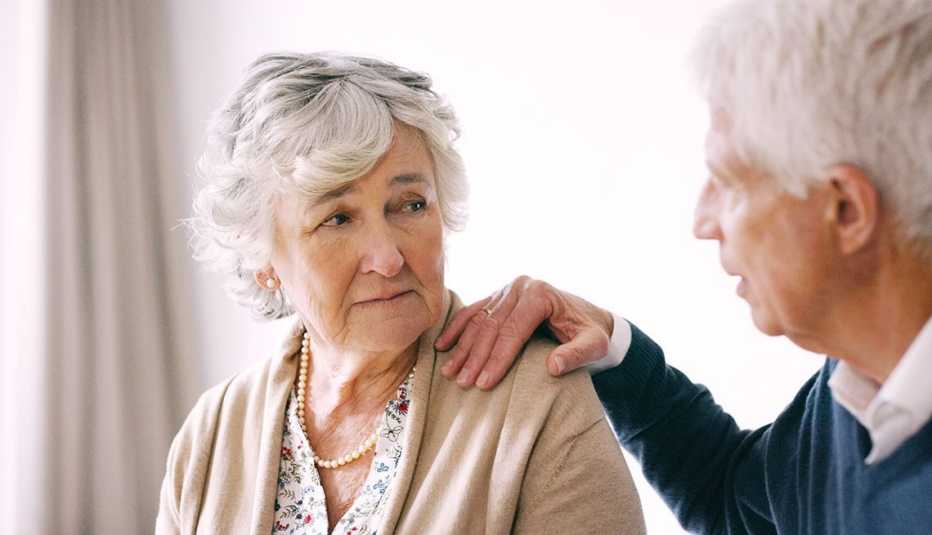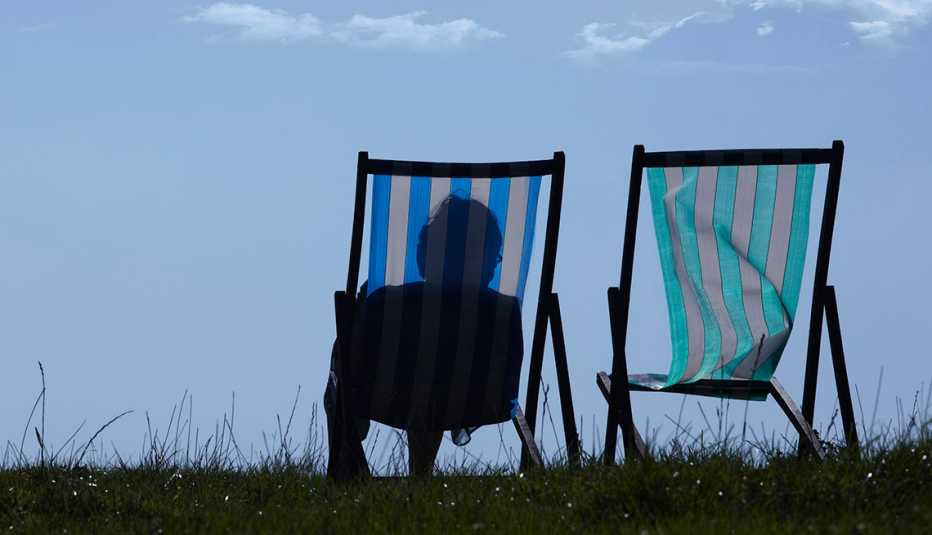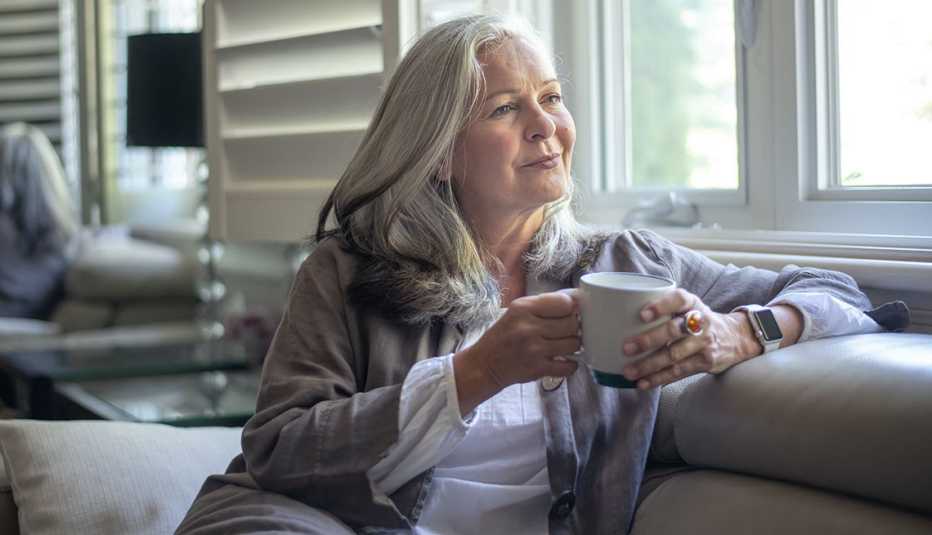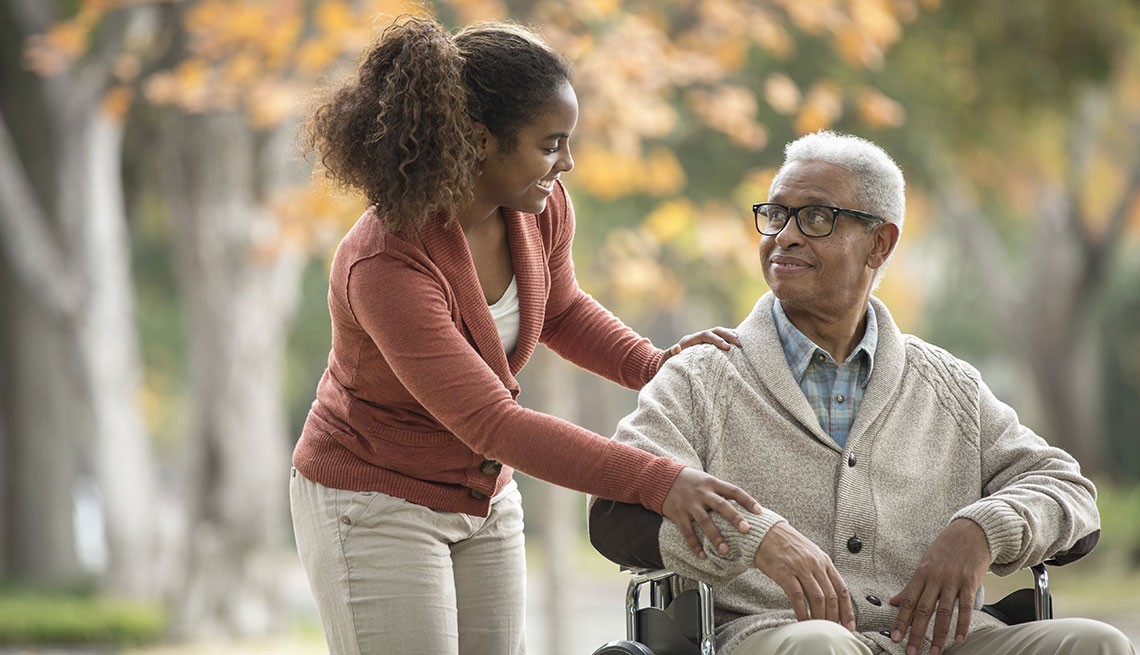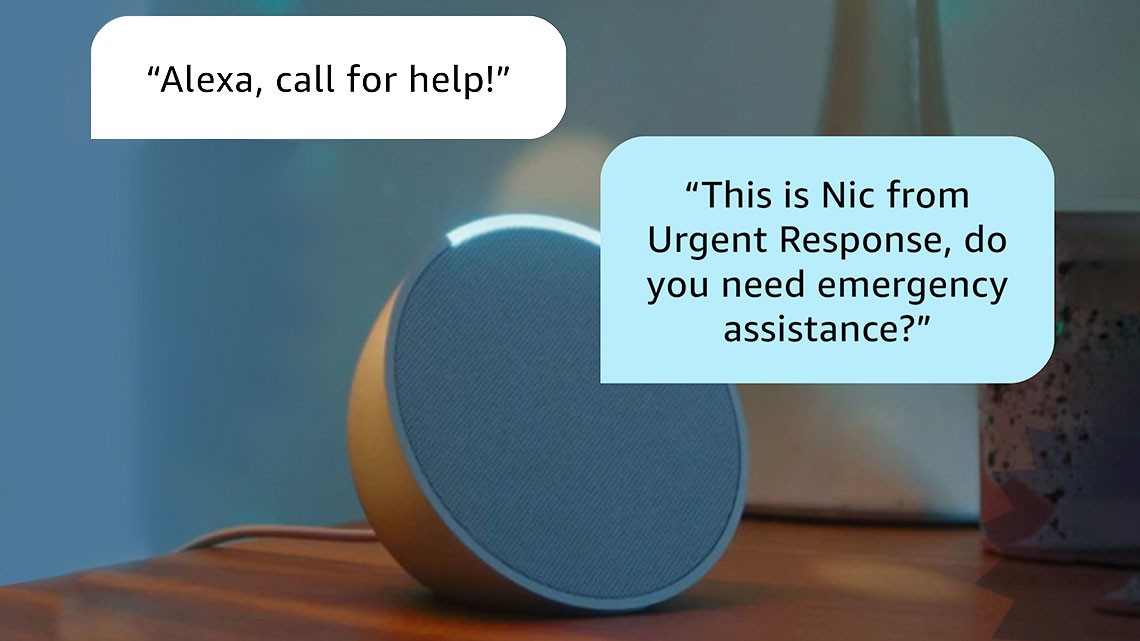Staying Fit
It used to be that end-of-life discussions — specifically those around final wishes for burial sites and memorials — were limited to a few choices. Does my loved one want a traditional burial or does he want to be cremated? Is there a family plot? Should we opt for a burial spot central to all? These topics, while difficult and sometimes awkward, are critical. And advance planning is one way to ease the anxiety and unknowns that arise in the wake of death and loss.
Sometimes those early discussions can lead you in a surprising direction. For the Groves family, it was choosing a green end-of-life option.


AARP Membership— $12 for your first year when you sign up for Automatic Renewal
Get instant access to members-only products and hundreds of discounts, a free second membership, and a subscription to AARP the Magazine.
Pamela Groves-Gaggioli, 69, of Northfield, Minnesota, started the conversation with her brother Steve Groves, 67, of Stillwater, Minnesota, after their mother asked the siblings to help her find a burial plot where the entire family could visit. Maxine Groves, 92, of Hudson, Wisconsin, had grown up on a farm. And while this remarkable woman was hale and hearty, the Groves family wanted to get what they called “a head-start on the end-of-life conversation.”
“We began looking at some of the cemeteries around our homes and they just didn’t feel right, for one reason or the other,” says Pamela, who had recently lost her own husband of 26 years, Fred. She’d taken Fred’s ashes to Italy and spread some in a gorgeous place in the woods, but she also was determined to find a spot near home where she and her daughter, Maggie, could go and feel close to him.
A growing memorial
A friend told Pamela about Better Place Forests’ St. Croix Valley location, in Scandia, Minnesota, a memorial forest where family members choose a tree and have their cremated ashes mixed with local soil and spread around the tree as a final resting place for themselves and future generations.
Pamela investigated. As she visited the forest, she spotted a red maple with seven branches, the exact number of her extended family members. Something about the tree struck her. Instead of looking for a plot in the ground, what if, in death, they could all be part of something growing and living, like this tree?






























































